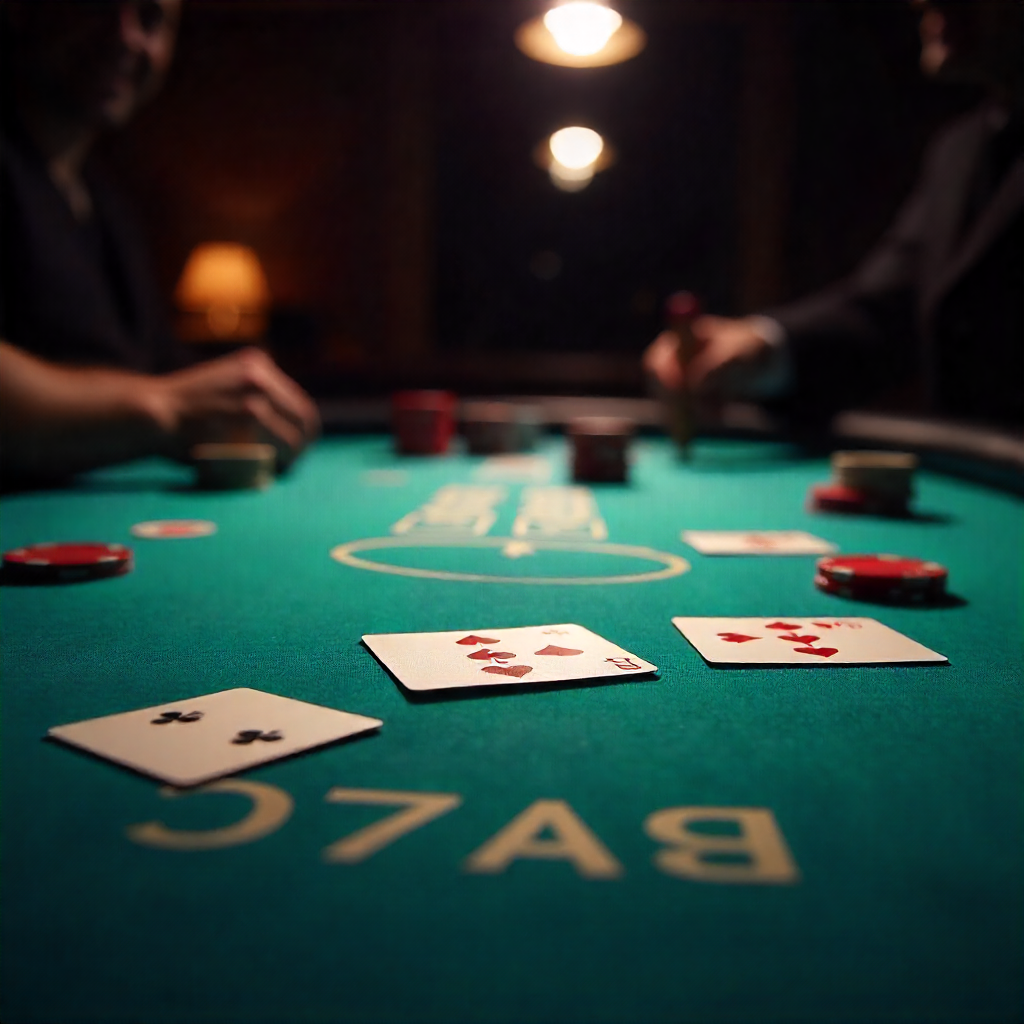The Psychology of Poker Bluffs: Reading Opponents & Executing Flawless Deception
Poker is often called a game of incomplete information. While mathematics and probability form its skeleton, the psychology of poker bluffs provides its beating heart. A well-timed bluff can snatch a pot from stronger hands, while a poorly executed one can lead to costly losses. It’s an art form, a dance of deception where players attempt to manipulate their opponents’ perceptions of their hand. Mastering this intricate aspect of the game requires not only courage but also a deep understanding of human behavior, both at the live table and in the digital realm. This article delves into the psychological underpinnings of bluffing, teaching you how to read opponents and execute flawless deception.
Why Bluffs Work: Exploiting Human Nature
At its core, a bluff exploits an opponent’s fear of losing or their tendency to overthink. Players make decisions based on their perception of your hand, not necessarily on what you actually hold. The psychology of poker bluffs leverages several cognitive biases and emotional responses:
- Fear of Loss: Most players are risk-averse. A large bet, especially on a scary board, can make them fold a marginal or even decent hand because they fear losing more chips.
- Confirmation Bias: Opponents might look for evidence to confirm their initial read of you or the board, and your bluff can provide that “evidence.”
- Information Overload: Sometimes, a bluff works because it presents a complex situation that overwhelms an opponent, leading them to take the easiest path: folding.
- Table Image: Your established reputation at the table (e.g., tight, aggressive, loose) significantly influences how opponents interpret your bets.
A successful bluff is not about having the best cards; it’s about convincing your opponent that you do.
Reading Your Opponents: Identifying Bluff Targets
Before you even consider bluffing, you must assess your opponents. Not all players are good bluff targets. Effective reading opponents is paramount.
1. Player Tendencies (Live & Online)
- Tight Players: These players fold often and only play strong hands. They are excellent bluff targets because they are less likely to call with marginal hands.
- Loose-Passive Players: They call too much but rarely bet aggressively. Bluffing them is often unprofitable because they call with weak hands.
- Aggressive Players: These players bet and raise frequently. Bluffing them requires careful timing, as they might re-bluff or call light. They are better targets for “value betting” (betting with a strong hand).
- “Calling Stations”: These players love to call bets, regardless of their hand strength. Never bluff a calling station; they will call you down with almost anything.
2. Bet Sizing Tells (Online)
In online poker, where physical tells are absent, bet sizing becomes a crucial indicator.
- Small, Quick Bets: Can indicate weakness (trying to get cheap showdown) or strength (trying to induce a call). Context is key.
- Large, Hesitant Bets: Might signal a bluff or a player genuinely unsure of their hand but trying to look strong.
- Standard Bet Sizes: Often indicate strength or a default strategy. Deviations can be tells.
- Timing Tells:
- Instant Call/Fold: Often indicates a weak hand or a very strong hand (fast-play).
- Long Think, Then Call: Can mean a marginal hand, or a player trying to decide if you’re bluffing.
- Long Think, Then Bet/Raise: Often indicates strength (slow-playing) or a well-thought-out bluff.
3. Board Texture
The community cards significantly influence bluffing opportunities.
- “Scary” Boards: Boards with many high cards, flush draws, or straight draws are good for bluffing. Opponents are more likely to fold marginal hands, fearing you hit a strong draw.
- “Dry” Boards: Boards with low, unconnected cards are harder to bluff on, as it’s less believable you hit something strong.
Executing Flawless Deception: The Art of the Bluff
Once you’ve identified a target and a suitable situation, executing flawless deception requires precision and confidence.
1. Types of Bluffs
- Pure Bluff: You have a weak hand with no chance of improving, and you’re relying entirely on your opponent folding.
- Semi-Bluff: You have a weak hand now, but a strong draw (flush draw, straight draw). If your opponent folds, great. If they call, you still have outs to improve. Semi-bluffs are generally more profitable.
2. Bet Sizing
- Consistency: Try to size your bluff bets similarly to your value bets (bets with strong hands). This makes your actions harder to read.
- Pot-Sized or Overbet: On certain “scary” boards, a large bet (75% of the pot or more) can exert maximum pressure and make opponents fold.
- Small Bets: Can be used as “continuation bets” (c-bets) to represent strength, even if you missed the flop.
3. Storytelling
Your bets should tell a consistent story. If you bet aggressively pre-flop, then on the flop, and again on the turn, you are telling a story of strength. A sudden change in betting pattern can be a tell.
4. Table Image Management
Consciously manage your table image. If you’ve been playing tight, a bluff carries more weight. If you’ve been loose, you might need to show down a bluff occasionally to reinforce your image as a tricky player.
5. Position is Power
Bluffing from late position (acting last) is generally more effective. You have more information about your opponents’ actions before you make your move.
When NOT to Bluff
Just as important as knowing when to bluff is knowing when to hold back.
- Against Calling Stations: They will call you down.
- When You Have No Fold Equity: If your opponent has a very strong hand or is committed to the pot, they won’t fold.
- On Dry Boards: It’s harder to represent a strong hand convincingly.
- When Your Stack is Small: With a small stack, you have less leverage to make opponents fold.
- Too Frequently: If you bluff too much, opponents will catch on and start calling you lighter.
Conclusion: The Art of Calculated Risk
The psychology of poker bluffs is a sophisticated element of the game that separates average players from truly skilled ones. It demands keen observation, an understanding of human biases, and the courage to execute calculated risks. By learning to read your opponents’ tendencies and bet sizing, adapting to board textures, and mastering the art of consistent storytelling with your bets, you can transform your poker game. Remember, a successful bluff is not about luck; it’s about making your opponent believe your deception, leading them to make the “mistake” of folding the winning hand.














Post Comment